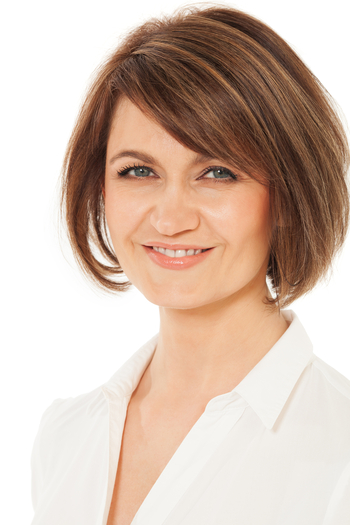Music theory is a vital part of learning any musical instrument. It’s not enough to just learn how to play the instrument, like the piano or guitar, for instance. How will you learn new songs? You cannot simply bank on learning everything by ear.
And so...musicians are able to read the sheet music in front of them, and in order to be able to read it, you need to learn the language.
Music Notes
One of the first things you learn in music theory are the music notes. Each note represents a sound - A, B, C, D, E, F and G.
Each note has a sharp, or slightly higher sound, and a flat, or slightly lower sound version.
For example, when you play the note A, you also have an A-sharp which sounds slightly higher than A, and an A-flat which sounds slightly lower.
In order to help you learn all of this, you have scales and key signatures.
What is a Scale?
A scale is a linear progression of notes up to the highest point, and then back down again. Remember the movie, "The Sound of Music"? The music teacher sings a song to a bunch of kids that kind of goes like this, "Doe, a deer, a female deer, Ray, a drop of golden sun...". Through this song, the teacher basically explains one of the easiest scales to the children by singing a song.
Clefs
The Treble Clef and the Bass Clef indicate which hand should be playing which keys. They indicate what hand should be playing what keys. Think of a piano, in the middle of the keys you have middle C. This is basically your starting point for your right hand. If the keys are higher than the middle C then the notes on your music will have the treble clef, which means you must play those with your right hand. The Bass Clef is for below the middle C, and indicates you must play with your left hand.
However, there are some instruments where you only read music from the Treble Clef (right hand) and some instruments where you only read music from the Bass Clef (left Hand).
It also doesn’t mean literally the right hand and the left hand, on a guitar or flute you are using both your hands to hold the instrument and press the keys/strings, but you are reading from Treble Clef music (right hand). But if you play the Cello, which is a bass instrument, you will read the music from the Bass Clef.
Key Signature
The key signature indicates what key the music is in. After the clef at the beginning of the stave, you'll see a combination of sharp (♯) or flat (♭) symbols. These symbols are arranged on the staff (5 parallel lines). Depending on the note, the symbol and on which line it has been placed, the meaning of the symbols will change.
Time Signature
Time signature indicates how many beats or pulses are contained in each bar. You'll find the time signature written on the staff, right after the clef and key signature. There are 2 numbers that pretty much looks like a fraction. Each of these numbers have a different meaning. The top number indicates how many beats you should count in one bar. In the example below, the number of beats in each bar is 4 beats. The bottom number indicates which note value should be played. Read on a bit and you'll understand more about note values!
Note Values
Musical notes also have time value. Some notes are filled in while others are not, and some have a tail while others are interconnected. This basically tells you how long or short to play a note for.
Some of the basic notes include:
- Crotchets (which count for one beat)
- Half note (count for two beats)
- Quaver (count for half a beat)
- Semibreves (which count for four beats)
And that..in a nutshell, are the basics of music theory. This is only a tip of the ice-berg, however, but don’t be discouraged! Once you have the basics down for music theory the rest will be that much easier to understand.

About the Author: Julie Adams
I am a mom, a music lover and teacher from Tampa, FL. After completing a Bachelor of Music in Performance Arts, I traveled for several years before returning home where I started offering private piano and singing lessons as extra income. I met my husband in 2009 and 2 years later moved to Dallas where we settled down and I started focusing on vocal training to aspiring singers and performance artists of all age groups. I still enjoy playing the piano very much, and in my spare time you will catch doing some horse riding, drawing, doing some light reading, or just spending quality time with my family.
